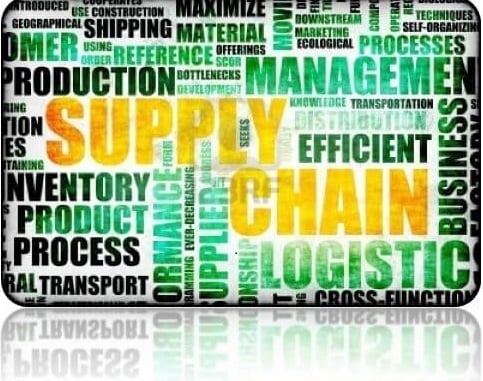Demand-driven supply chains do not evolve out of traditional supply chains, simply because there must be radical changes in the underlying thinking about how supply chains and enterprises work and achieve return on investment (ROI) before the necessary moves will be made.
Creating a truly demand-driven* supply chain has been demonstrated again and again, in a broad array of industries, that it leads to better balanced growth, dramatic improvements in system efficiencies (when measured by the Throughput / Operating Expense ratio), significantly improved customer service and satisfaction levels, while reducing demand for working capital. Additionally, demand-driven supply chains are more agile and faster in responding to the markets they serve.
Supply chains that become truly demand-driven are able to sense changes in their market faster, and align their actions more quickly and more accurately to the market changes. This faster, more accurate, alignment enables substantially better customer service with significantly lower investments in inventory. Additionally, there are lower levels of waste in the system, in general; and working capital requirements are trimmed markedly.
So, What's Keeping Supply Chains from All These Benefits?
The thing—or things (depending upon how you look at it)—that is (or, are) keeping most supply chain participants from reaping all the benefits of becoming truly demand-driven is the nearly complete change in thinking and corporate culture that undergirds demand-driven approaches that really work. Most managers and executives look at the dramatic changes that are required with some trepidation—mostly because some of the required thinking goes against deeply held beliefs they have about how businesses and supply chains produce profits. This cost-world thinking holds them captive and causes them to repeatedly attempt the same improvement actions and methods that have failed for them again and again in the past. They simply cannot seem to liberate themselves from these traps.
To keep your supply chain from becoming demand driven
- Sales Incentives – Keep paying your salespeople and rewarding your channel only for the volume of product sold into the market, rather than the volume of product sold to the end-user. In this way, actual consumer demand will have little impact in actions taken across the supply chain. We call this kind of thinking about incentives "sell-into" thinking, instead of "sell-through" thinking.
- Restricted View of the "Supply Chain" – Keep seeing your supply chain as being limited to your immediate suppliers and immediate customers. This will assure that actual consumer demand is muted and delayed (by differing stock policies, sales polices, purchasing policies, and potentially dozens of other factors) except at the very tail-end of the supply chain. Typically, more than 90 percent of companies operate under supply chain models that consider only their immediate customers and immediate suppliers. Avoid any efforts to build stronger and broader supply chain collaborations.
- Leadership – Be sure that your executive and management team stick to the trying and retrying the same methods that have been tried, and failed, before. Retry the same old methods being processed faster by new computers and new software—perhaps doing the wrong things faster will make things better.
- Focus – Try making your forecasts more and more granular (in the vain hope that more data managed by faster computers will lead to improvement). The more granular your data and the more complex your algorithms, the more management's focus become diffused and swamped by the mere volume of data it must sift through for decision-making. This approach offers the illusion of "focus," while actually creating an environment where management attention is entirely diffused and lost in the complexity.
- Reward silo-based performance – Reward your supply chain managers based on cost-reductions; reward your purchasing department folks based on lowest-cost purchases; reward logistics based on on-time shipments and lowest delivered cost; reward sales for "sell-into," and reward marketing for market share. Read blog Ultimate Metrics for Supply Chain Performance. This should keep the arguments between silos well-supplied with ammunition to use against the other departments. It will also keep each silo, and your executive management team, from clearly recognizing that it is FLOW that makes money for the supply chain—because they will be stuck in the cost-world thinking about how to improve their particular year-end bonuses.
- Improve transactions, not relationships – Put all your efforts into getting the upper-hand in every transaction with your supply chain partners. After all, you can always find another supplier or another customer after you've taken all you can from the one you have today. Make sure every transaction is about the flow of products and cash, not the flow of relevant information and relevant materials for current market demand.
If you will diligently follow the steps above, you can be certain that your supply chain will never become truly and effectively demand-driven.
Good luck!
* NOTE: We emphasize truly demand driven in order to distinguish what we are saying from all of the industry hype about "demand driven" being little more than attempts to improve forecasting through activities and technologies focused on demand sensing, demand shaping and similar activities. When we say "truly demand driven," we do not mean becoming a make-to-order supply chain. But, we do mean that, while planning may incorporate elements of forecasting, all execution actions are driven by actual demand signals flowing through the supply chain.



